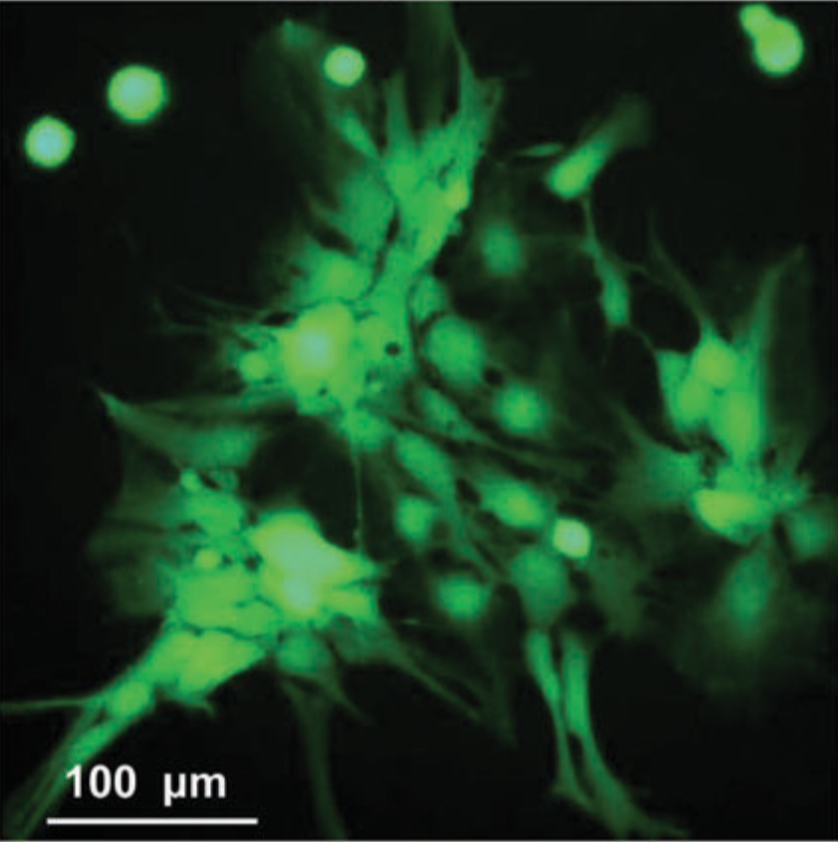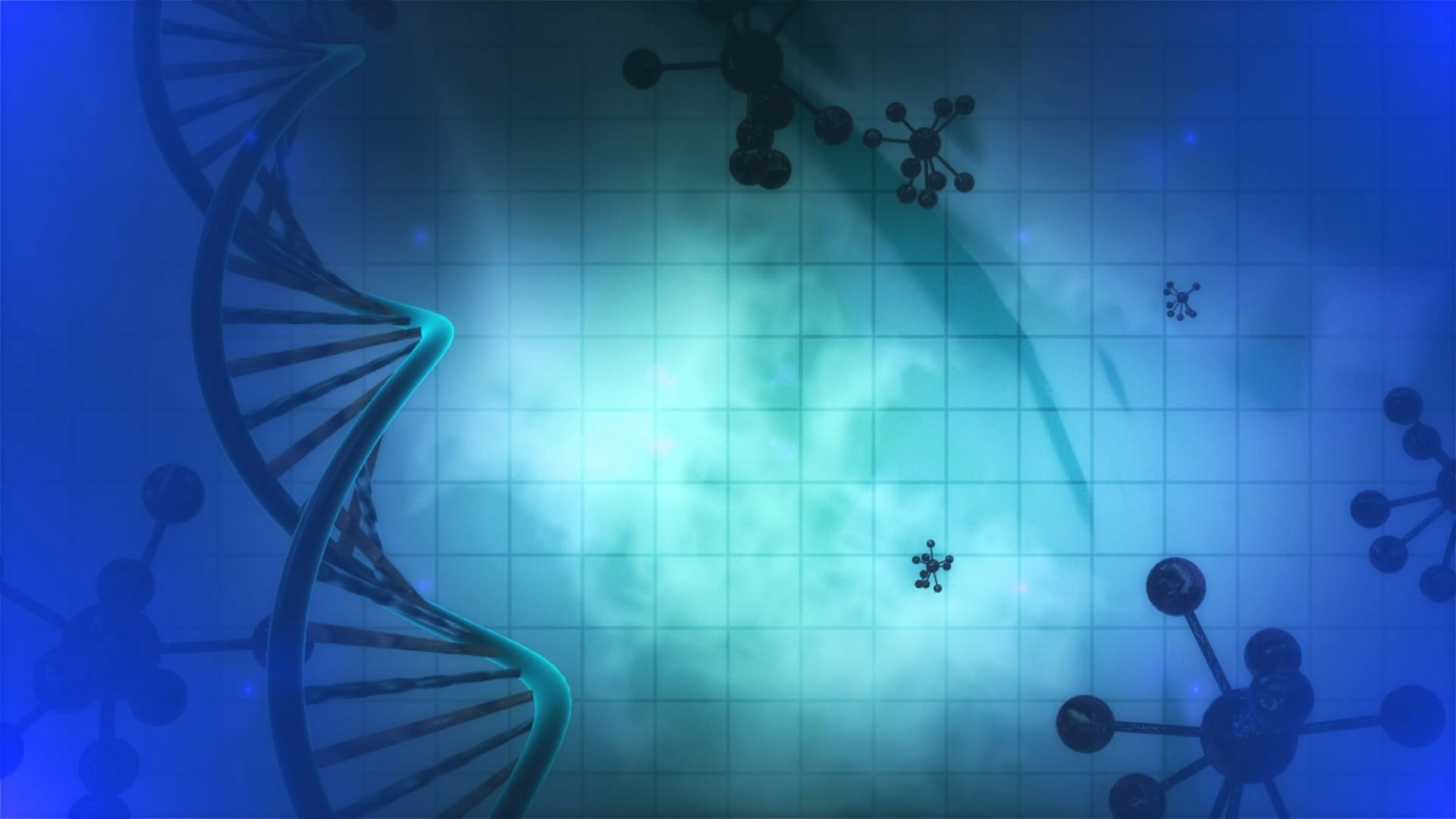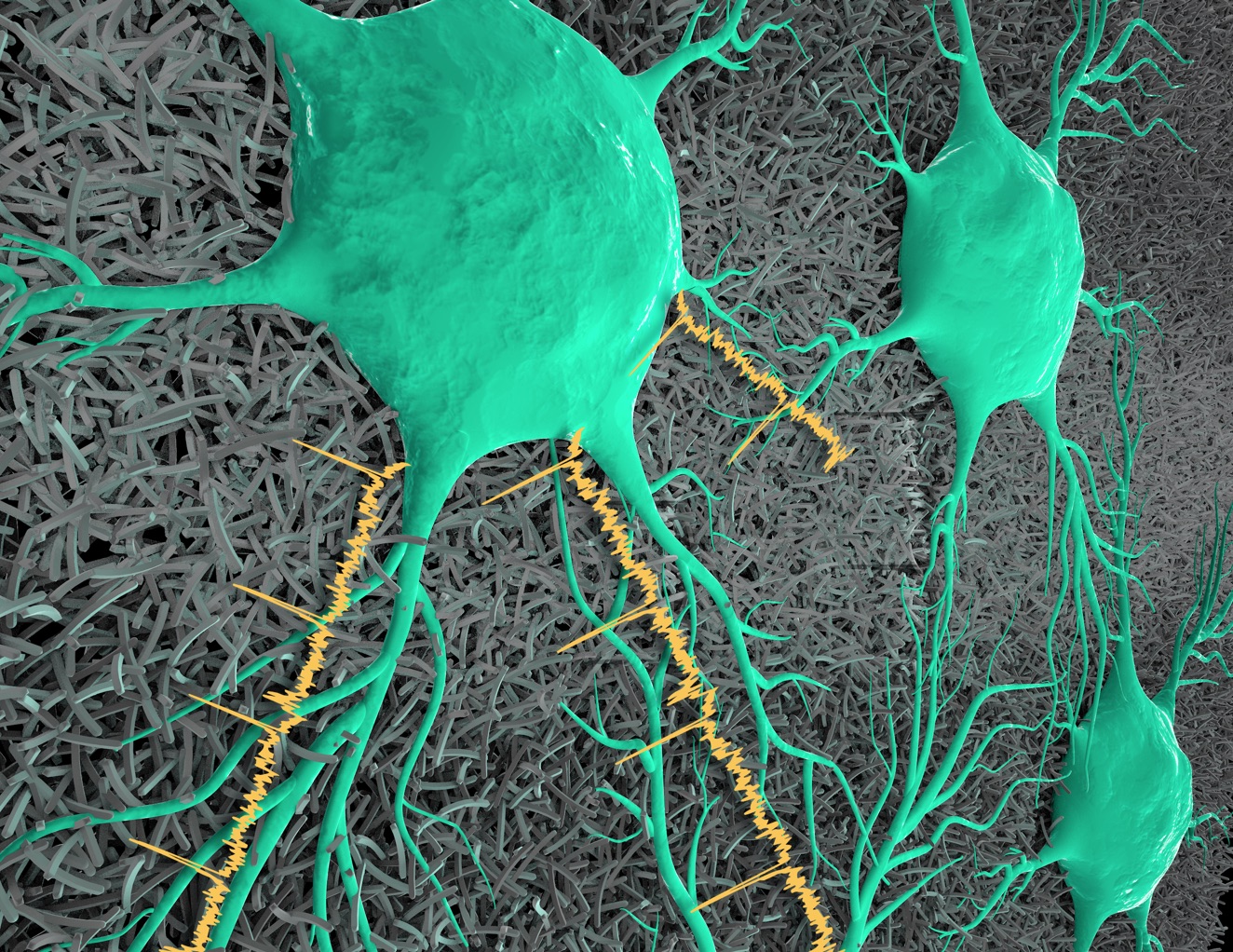-The secrets beyond Astrocytes-
Immagine a brain and all the cells that compose it.
Immagine to determine who is responsible of all the magnificient functions that brain guides for the cell body: you are thinking to neurons.
A Team of researchers of the Institute for Organic Sinthesys and Photreactivity of CNR in Bologna studies the physiology of a particular kind of cells called Astrocytes. Astrocytes’ phenotype in vivo resemble a star and since they were discovered at the end of the 19th century they really represent “stars” for neuroscientists. The revolution of astrocytes is due to the discovery of their fundamental roles in the homeostasis of the brain, as well as in the synapsis shaping, in the transmission and propagation of the action potential mediated by neurons, memory and cognitive functions.
It is challenging to define how astrocytes’ specific proteins: the ion channels and aquaporins (AQP-4, specific water channels) act to mediate all the mentioned crucial tasks for our body, using the standard methods already well known for neurons. Though, these methods are not refined enough to detect the astrocytes’ response to chemical and physical stimuli like mechanical stimulus, electrical field or light power. In this view, the development and validation of advanced materials and technologies to switch on or off in real time or long term the activity of astrocytes are investigated.
The vision beyond the glial engineering lab’s studies is attractive for the future development of biotechnologies and bioengineering and it aims to generate new approaches to probe glial cells and to bring out the development of devices able to rekindle the damneged area of the brain.
To realize the complexity of this vision, a significant contribute of multidisciplinar collaborates of chemists, phisicists, expersts in advanced materials converged, opening an international scenario for ISOF and our team of researchers.
DOI: 10.1002/adhm.202001268



